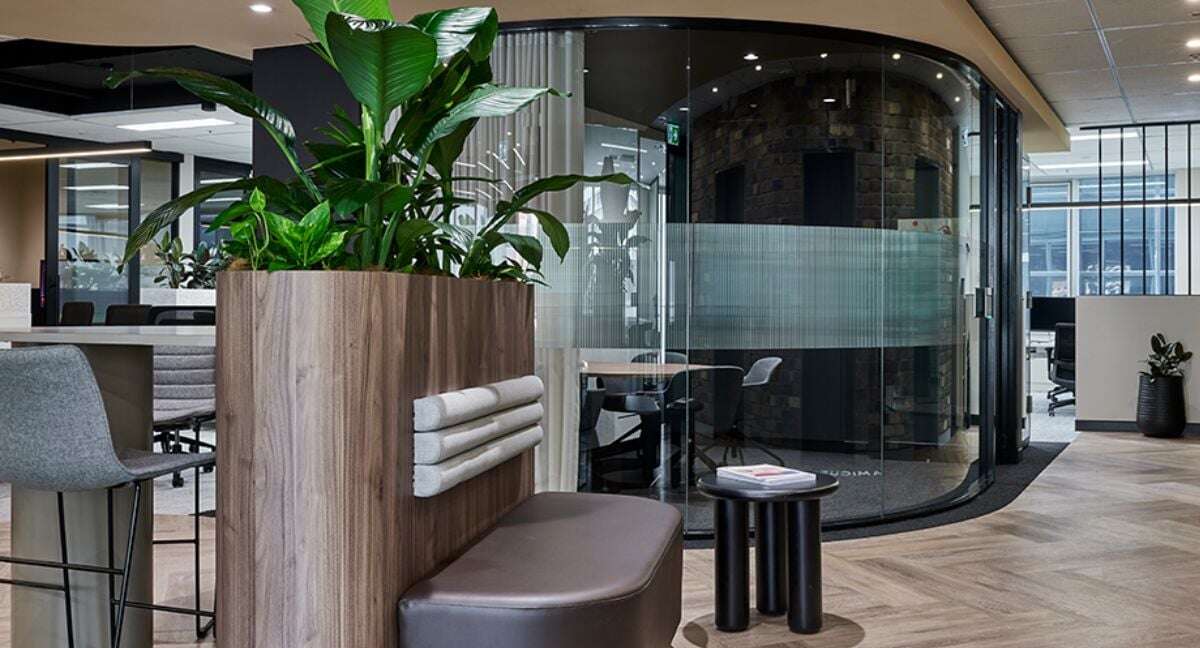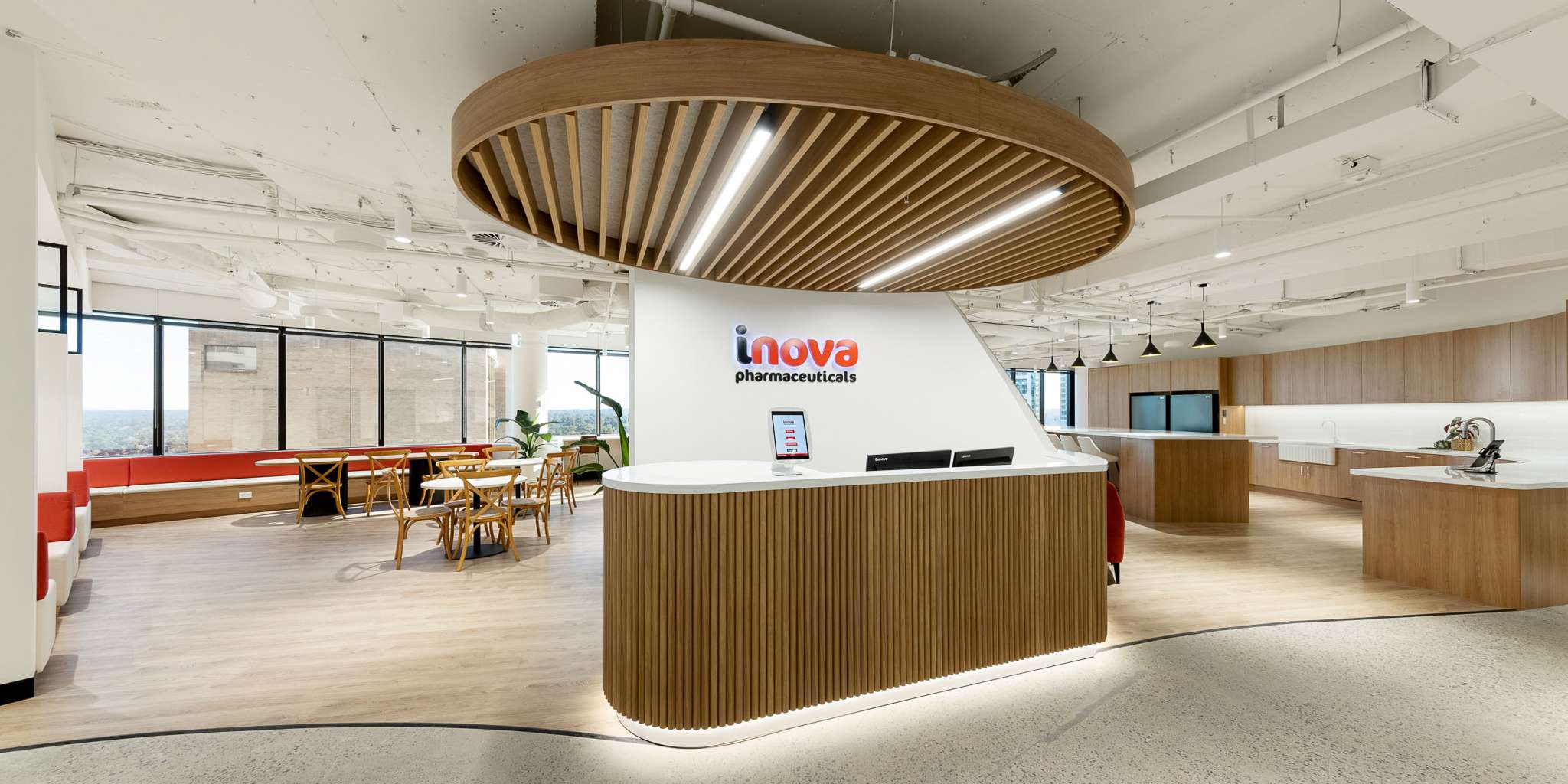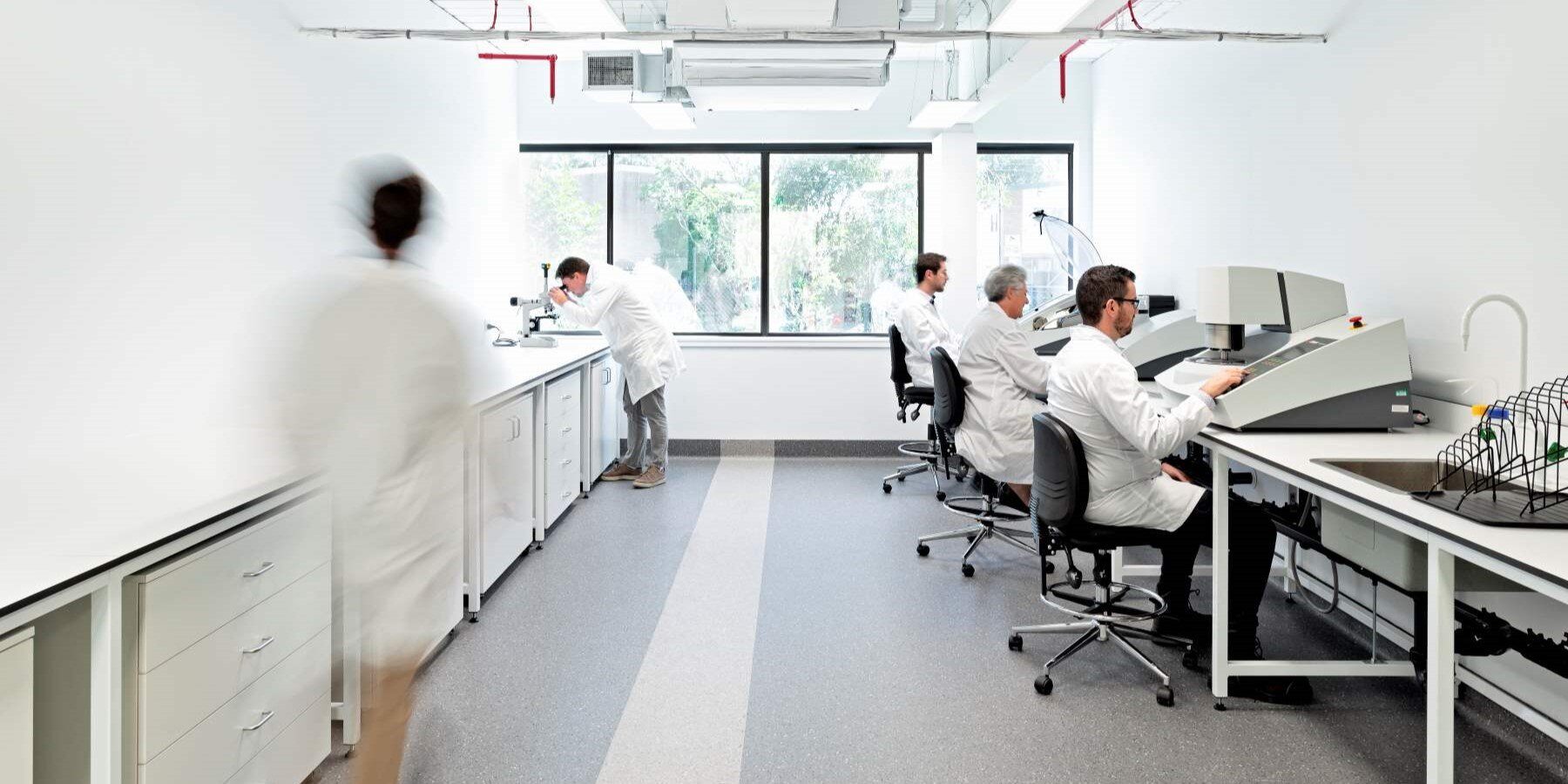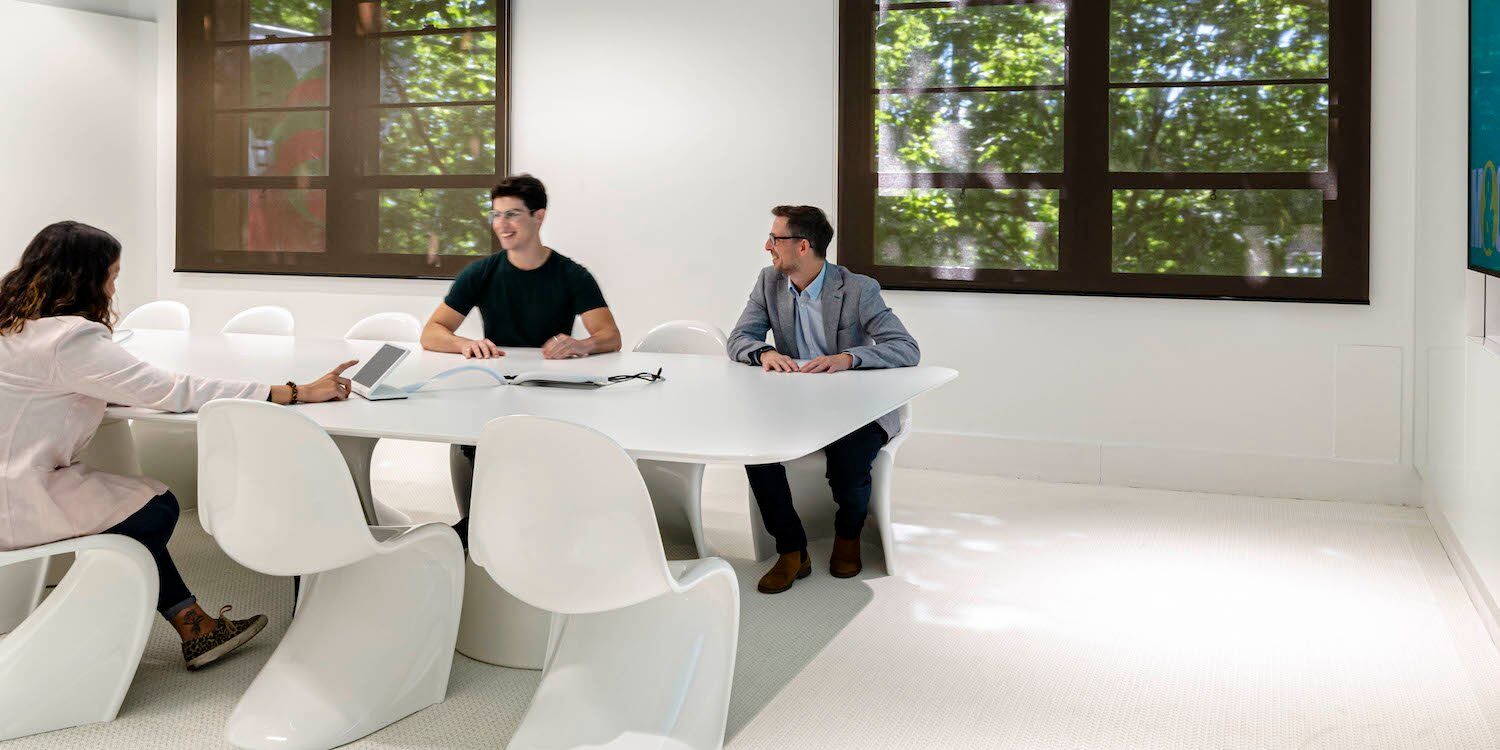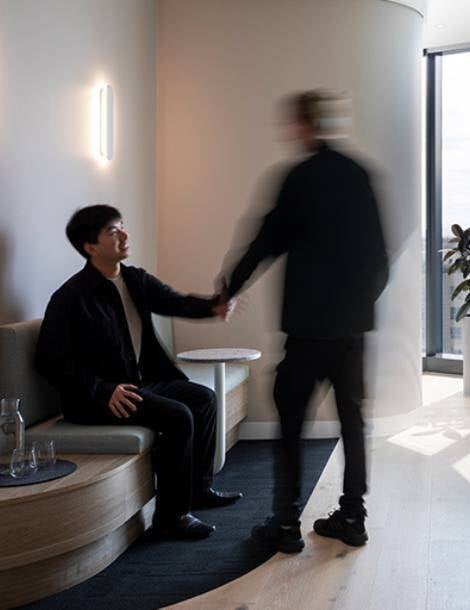Getting the hybrid workplace wrong
(and how to stop it from happening!)
When it comes to the hybrid workplace, many of us are building the plane as we fly it.
If you started with a traditional workplace before the pandemic, moved everyone to remote work temporarily, and are now navigating the various issues that hybrid work presents, you are not alone.
The biggest mistake most organisations are making is trying to think and do things as they did before. Working in a successful hybrid workplace means re-thinking some of the foundations of how you operate. Here are just a few examples of what might need to be challenged:
- Outdated ways of connecting: If you built your organisational culture around frequent in-office events, face-to-face meetings and water cooler moments, you may be struggling to maintain this approach in an office which might sometimes feel like a ghost town. Creating new ways to connect such as short daily huddles, informal chat channels and moments of purposefully coming together all play a role in what is a cultural transformation. While your tech toolkit is critical, some face-to-face interaction still matters, particularly with learning, innovation and social connection. It is up to leaders to re-set expectations around how and when people connect to make hybrid working successful.
- Line of sight management: If your leaders’ approach to accountability pre-pandemic was seeing employees at their desk between 9am and 5pm, hybrid working will mean not just a location but also a mindset shift. Working with a dispersed team means trusting employees to work hard and focusing on the outcomes they deliver. This means being a different sort of manager – setting clear objectives and timelines and checking in regularly. Where managers are engaged with their people and understand how to best support them across locations, hybrid working supports great productivity and wellbeing outcomes.
- Refusing to let go of the desk farm: With less people in the office than ever, organisations that are shifting to hybrid working need to consider if everyone needs their own desk. And indeed, if the purpose of the office is primarily to collaborate and connect, how well does it support these activities? Providing the right physical environment and a great workplace experience acts as a magnet to bring people into the office. Ultimately this will deliver for employees the best of both worlds – the home for focus work and more personal time and the office to connect, collaborate and create.
Our on-demand webinar The Hybrid Office ‘How To’ drills into the detail of what makes a great hybrid working experience and space, and provide you with a checklist of actions to take away. Click here to get access.


/Cap%20Stats/strategy-inside.jpg)

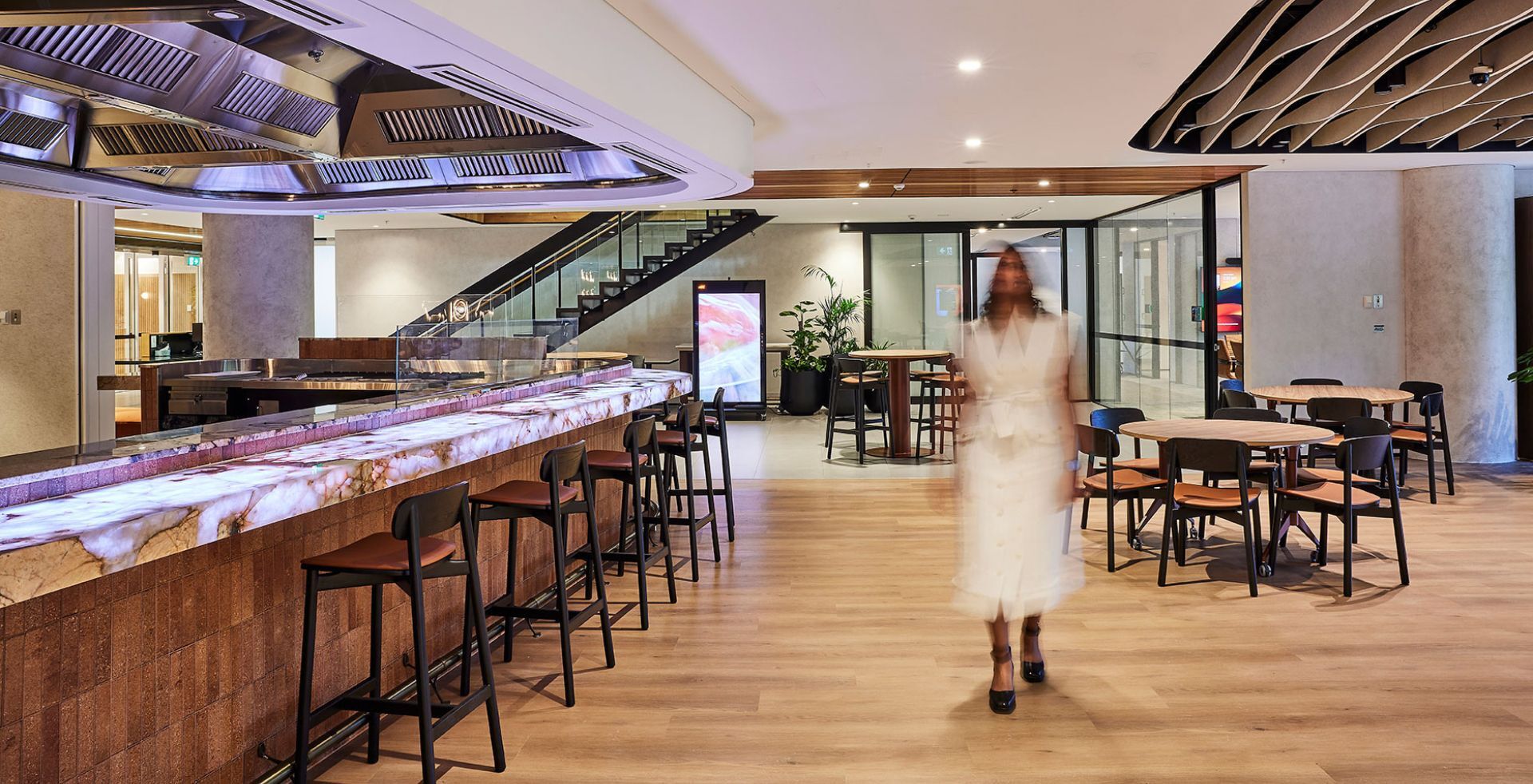
-2.jpg)
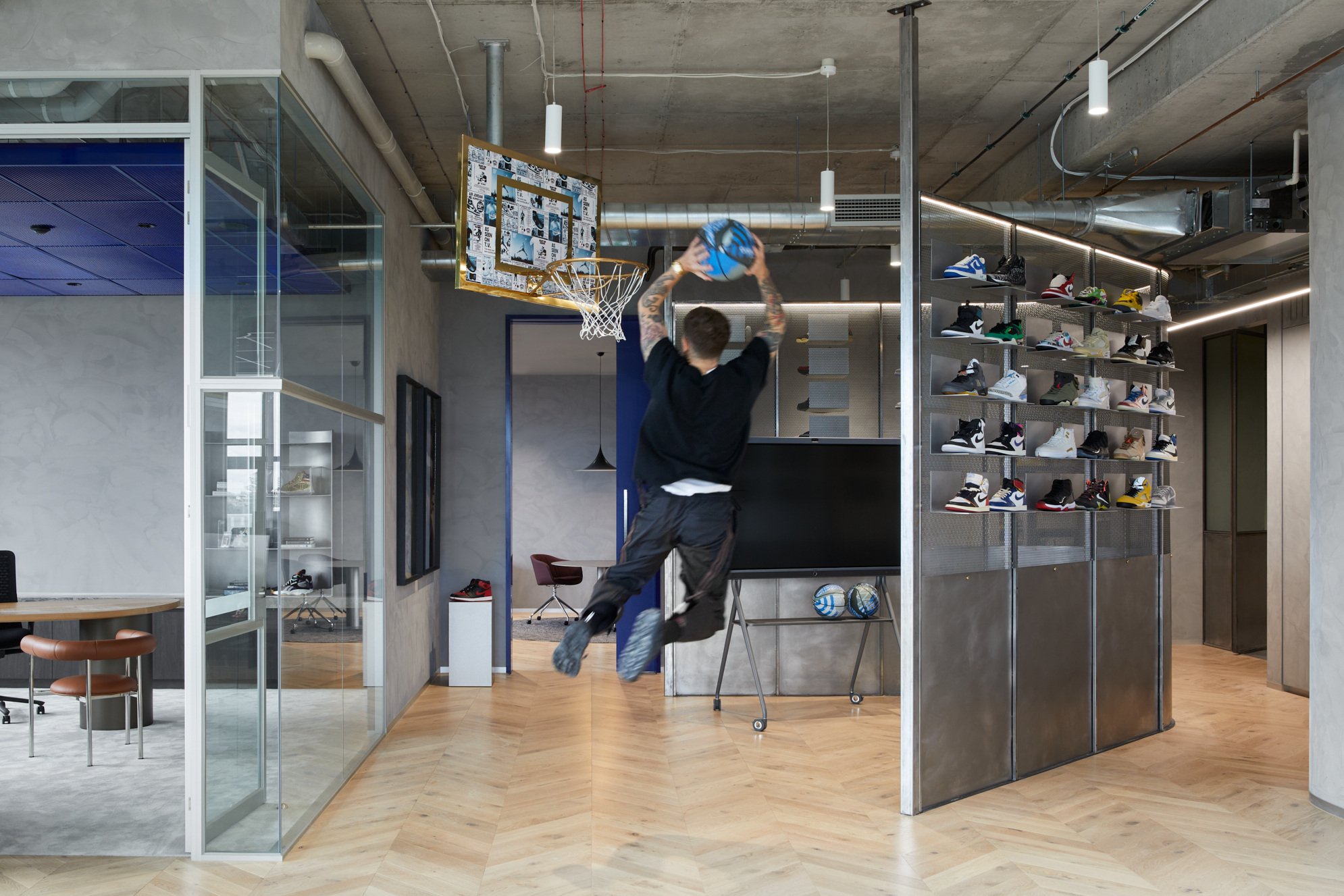
-2.jpg)
-2.png)
